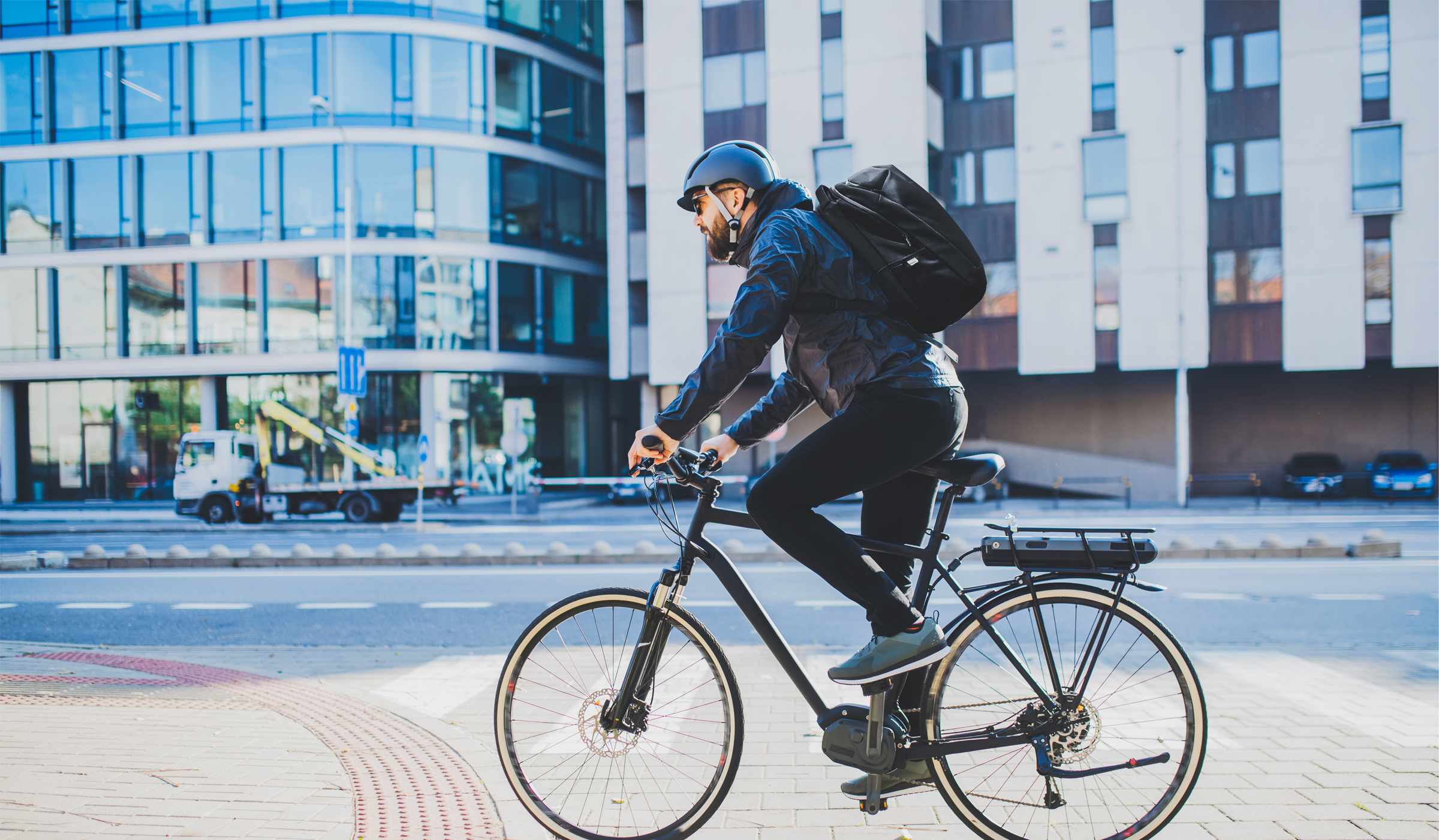
Decided to Start Cycling to Work? Here’s Some Tips for an Easy Transition
| Donny Shieh
Cycling to work is an excellent way to get exercise, avoid traffic, and reduce your overall carbon footprint. It’s also a trend that’s gaining traction in certain parts of the world as gas prices continue to go up. Even residents who don’t have their own bikes are taking advantage of bike sharing services in major cities like Boulder, Portland, Chicago, and New York. But if you’re not used to cycling in the city or commuting by bike in general, these are a few pointers to take note of before putting the pedal to the metal.
Plan Your Route in Advance
A painfully obvious piece of advice is to plan out your routes in advance. Cycling routes can vary drastically from traditional vehicle traffic and the most direct path for a car isn’t always going to be best for a bike.
If you live in a hilly location like SanFrancisco, steep hills are going to become a common enemy. If possible, find the path of least resistance to reduce the strain or consider hitching your bike to the bus on the way to work and riding back. Riding your bike one way is still better than not riding at all. Apps like Strava and Komoot can help to chart common cycling routes and reveal information about elevation, estimated arrival times, and keep track of your progress.
Another route-planning tip is to get a general idea about the number of traffic lights along the way to help reduce overall time and frustration when cycling. While stop and go traffic is standard with cars, cyclists don’t fare nearly as well by gaining and losing momentum multiple times during a trip. Take the previous example: Cycling up a steep hill is already difficult, but it can be exhausting if you’re required to completely stop at multiple lights during the climb.
Be Mindful of Vehicles
Not everyone feels the same about biking alongside other vehicles, and rightly so. The relationship between cyclists and drivers is tenuous at best, especially in locations where cyclists need to compete with drivers for traffic lanes. If this is the case for you, consider taking back roads through neighborhoods or less-congested areas. Research suggests that 27 percent of accidents occur at intersections, whereas sixty-three percent of accidents occur elsewhere.
Adhere to Helmet and Safety Laws
Of course, cars and other motor vehicles are much more of a threat if cyclists fail to wear proper protection. It’s important to follow helmet and safety light regulations. Helmet laws in the US aren’t regulated on a federal level, but websites like helmets.org explicitly state what the helmet laws are depending on where you live.
Additionally, it’s imperative to use bike lights if you anticipate riding home late or in the evening after the sun has gone down. Bike lights are cheap and easy to install. A bright white light goes on your handlebars and a red flashing light can be fixed on the back of your seatpost. Lights can be charged overnight and typically last for several hours.
Pay Close Attention to the Forecast
Yet another no-brainer, but be sure to take into consideration the weather for the day. Is it going to be windy and cold? Bring a jacket. Raining or muggy outside? Bring a change of clothes. Just don’t be one of those people who goes out completely unprepared and comes back miserable and wet. If you’re in a location where weather tends to change drastically, apps like Mywindsock can map out your route and provide live updates about weather conditions to avoid getting caught in the rain.
Don’t Dress to Impress
We’ve all seen those dapper-looking city commuters who look like they’re ready to step off their bike and right into the office. This is only a realistic scenario for those who live a few blocks away from work. If you expect to build up a sweat while riding, just change into your normal attire once you arrive at the office or use a cooling backpack during your commute.
Take Advantage of Facilities When Available
Got a membership to a gym close to your workplace? Take a quick shower to freshen up prior to starting the day. If you don’t have a membership, there’s actually a website for finding the location of public showers depending on where you live. Sites are few and far between, but it's worth a look if you live in a major metropolitan area.
Plan a Route With Others
If cycling initially sounds like more of a chore than an opportunity, then it may help to get an entire crew onboard. Plan a route with your co-workers on the weekend taking into account the timing of each stop. With two or three people onboard, an arduous bike ride can quickly become a daily opportunity to socialize and engage with others.
